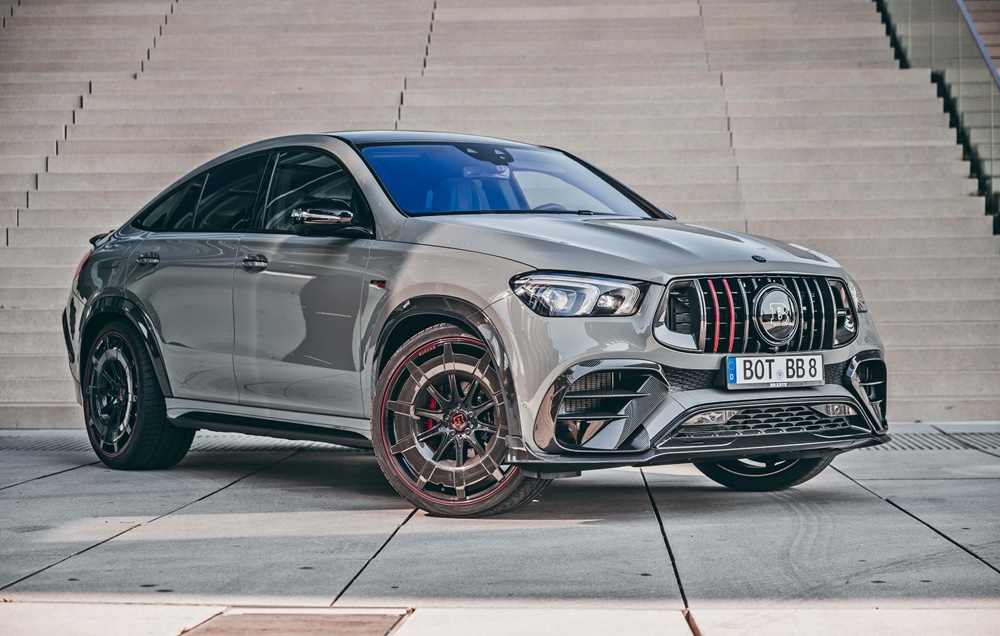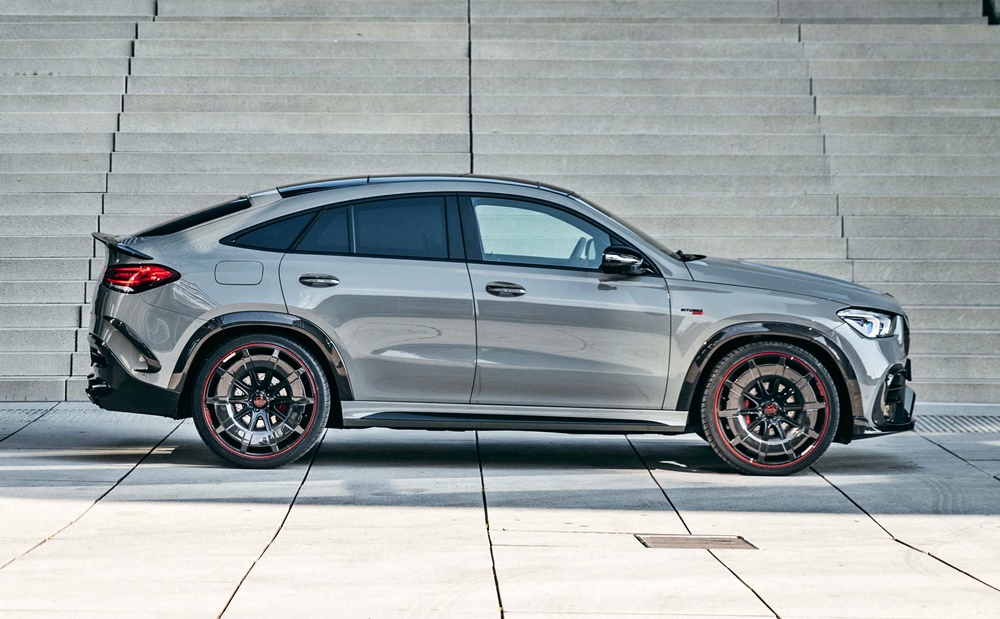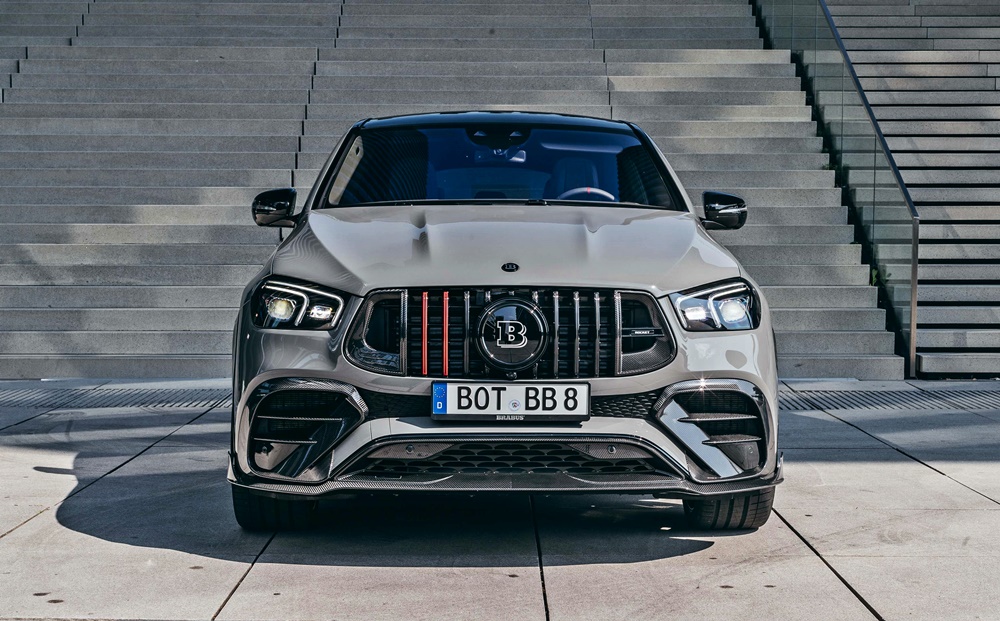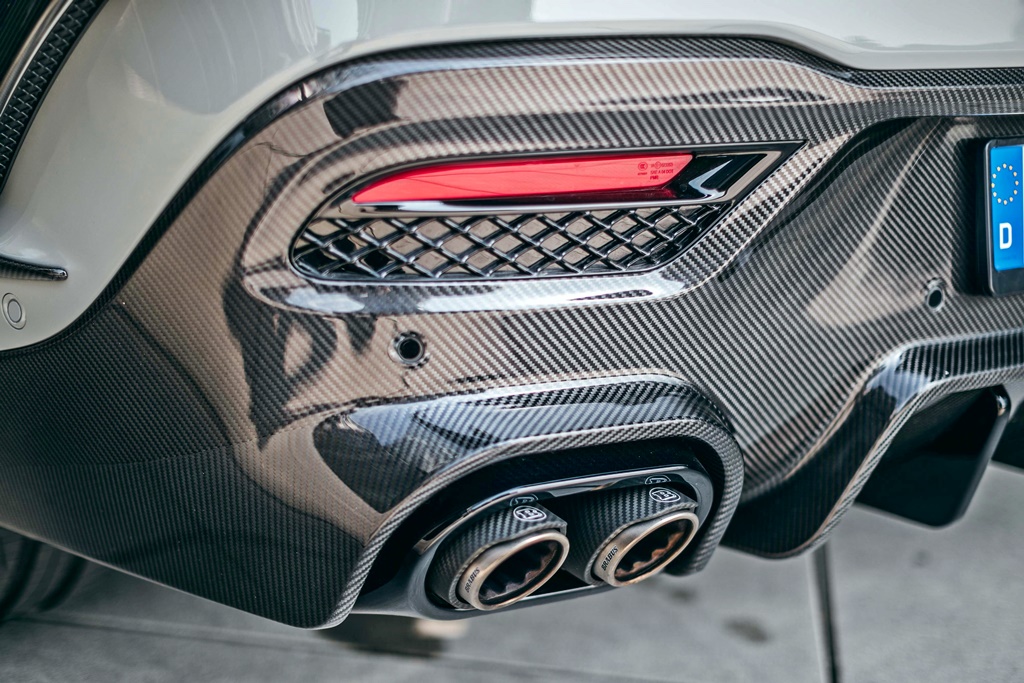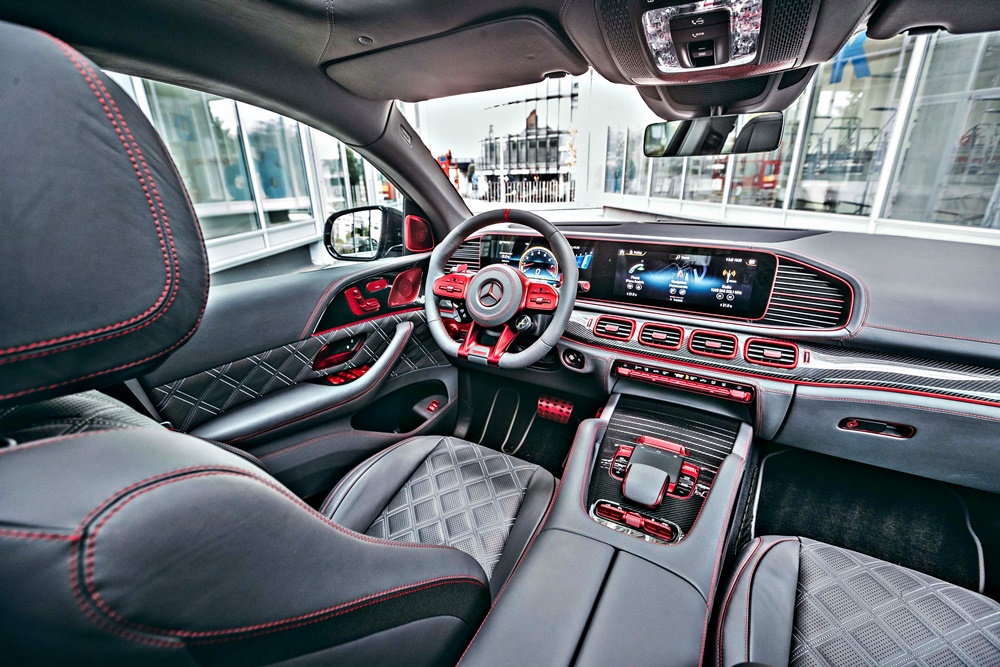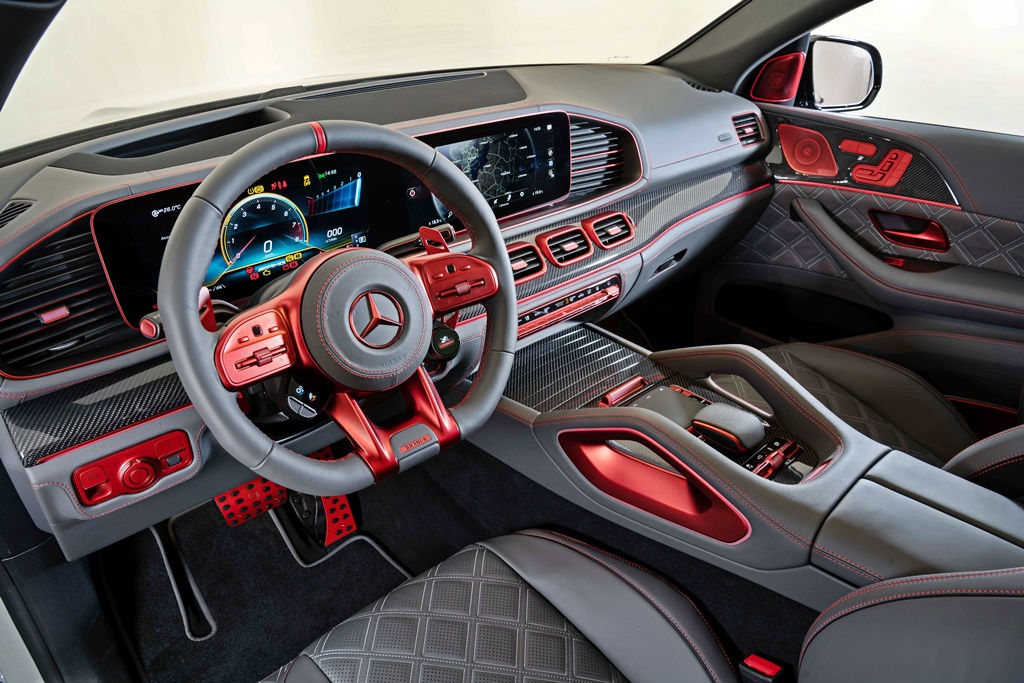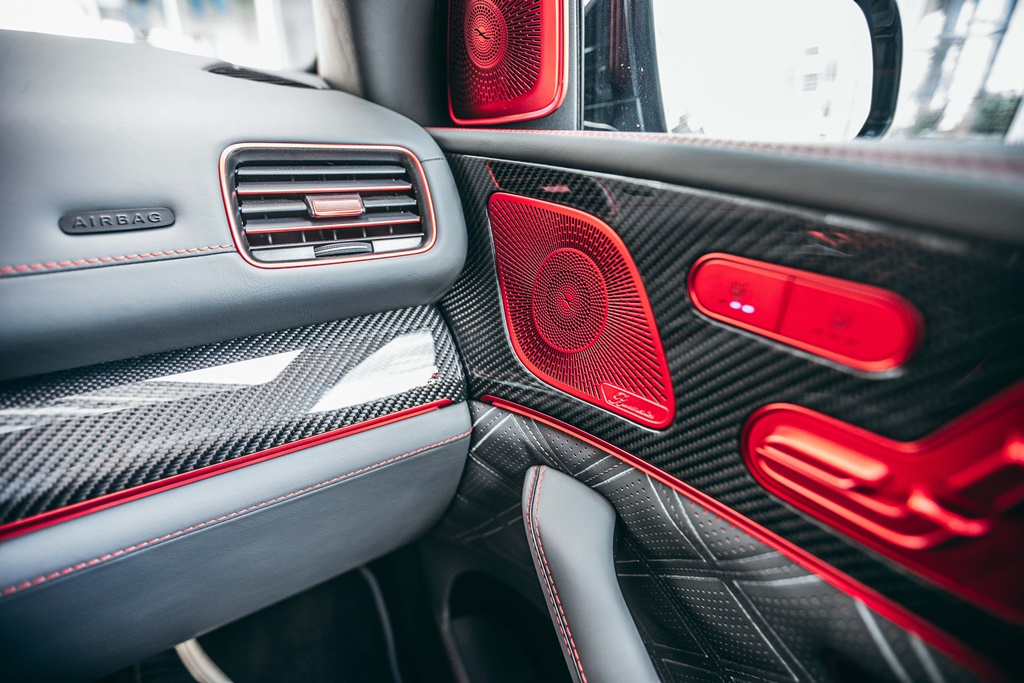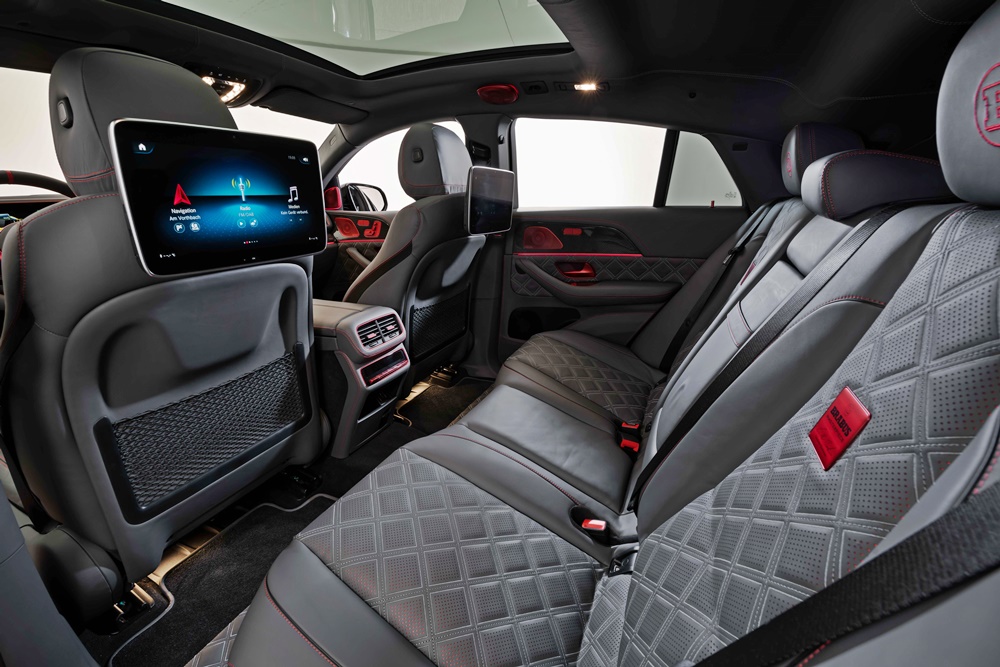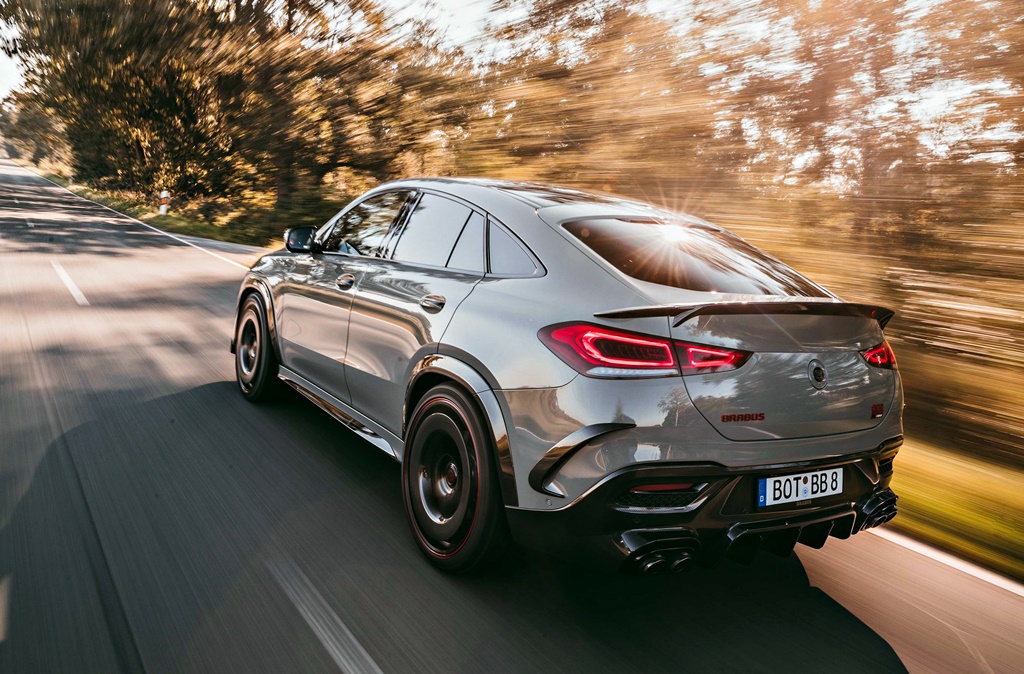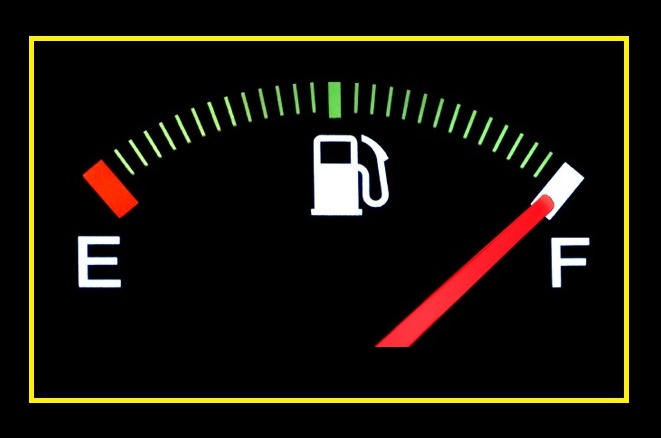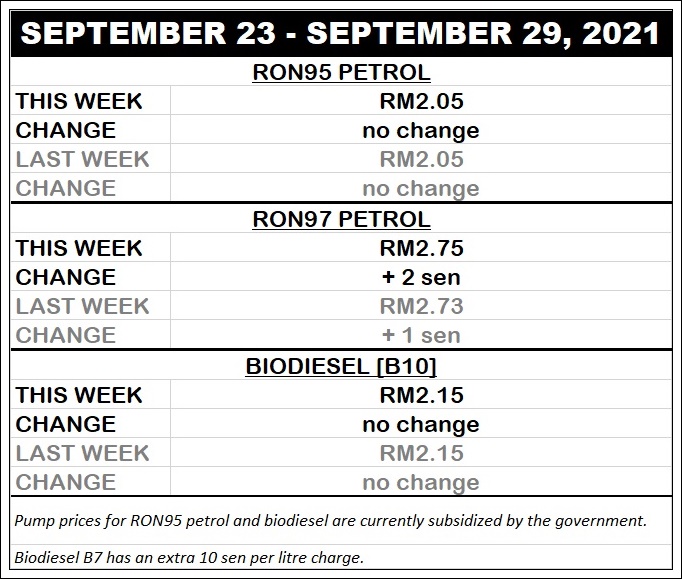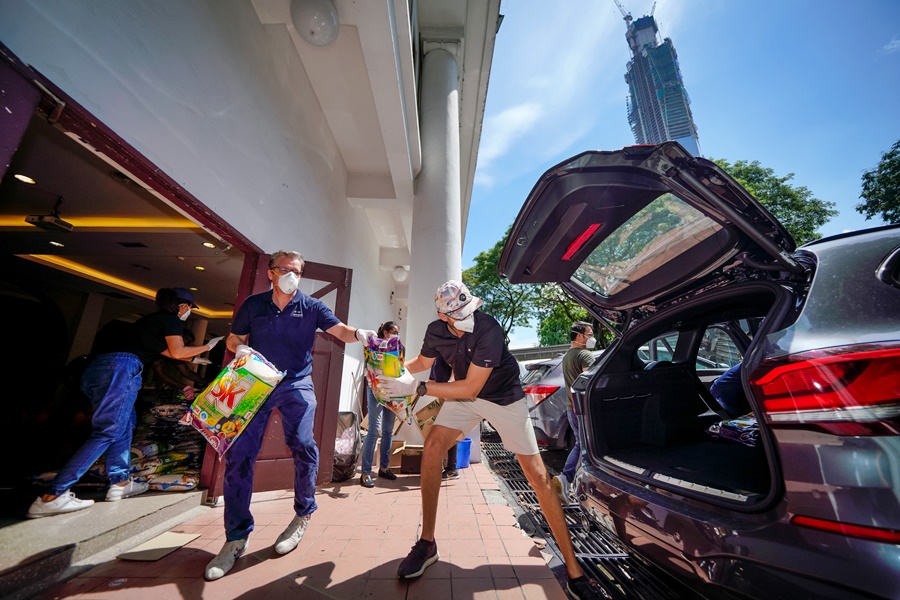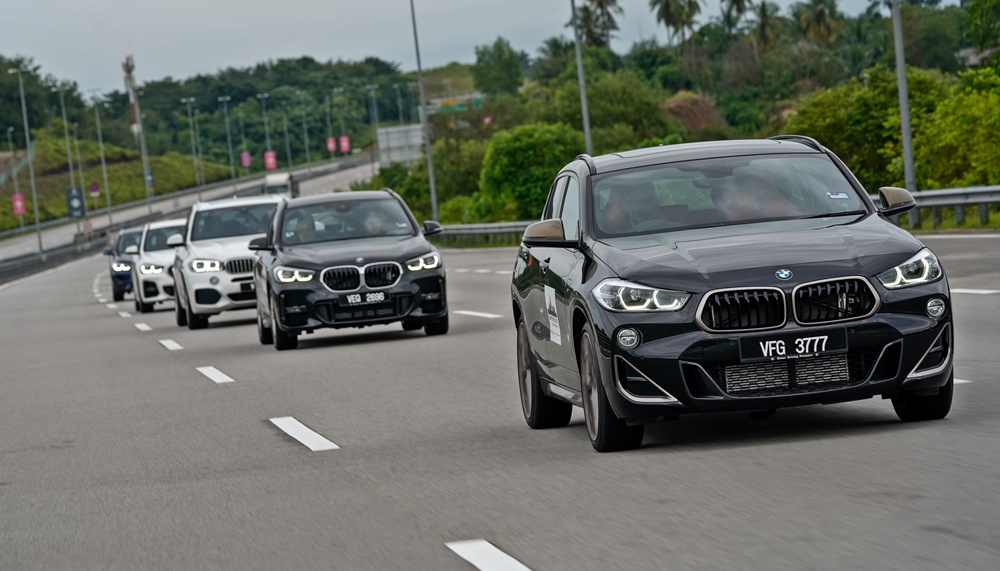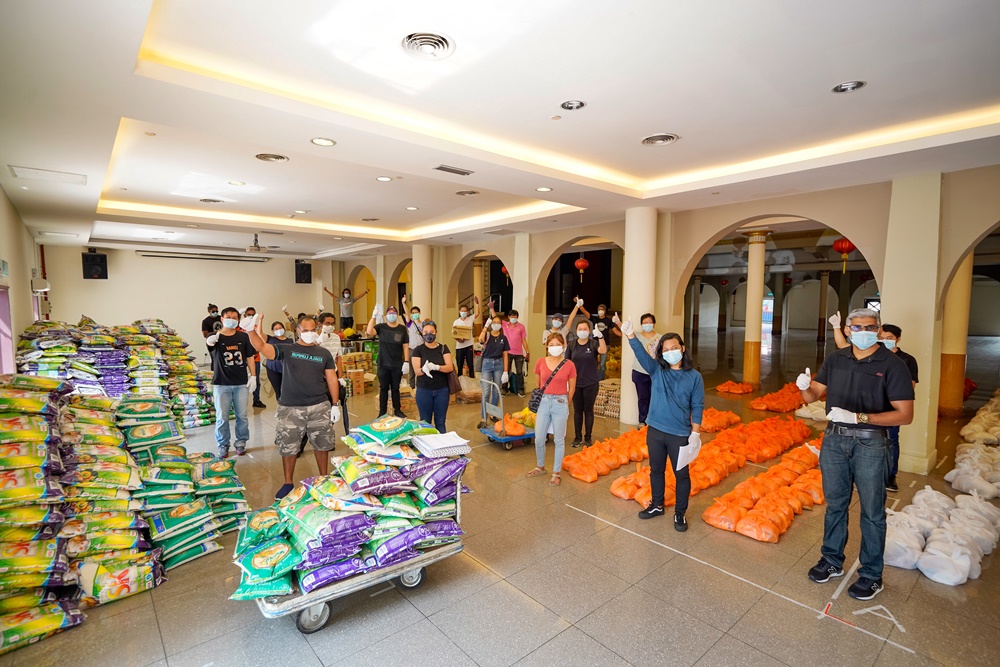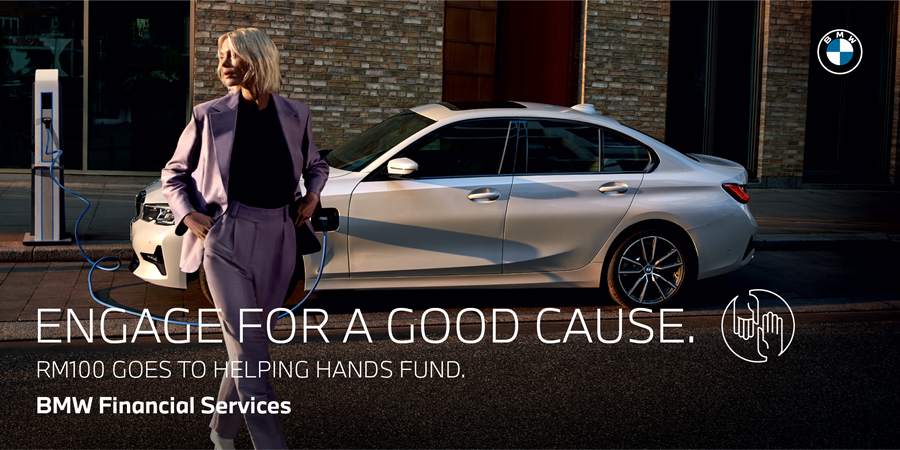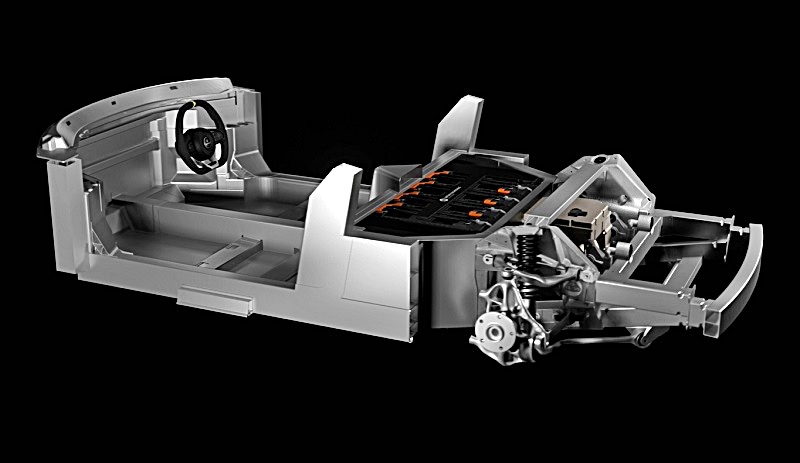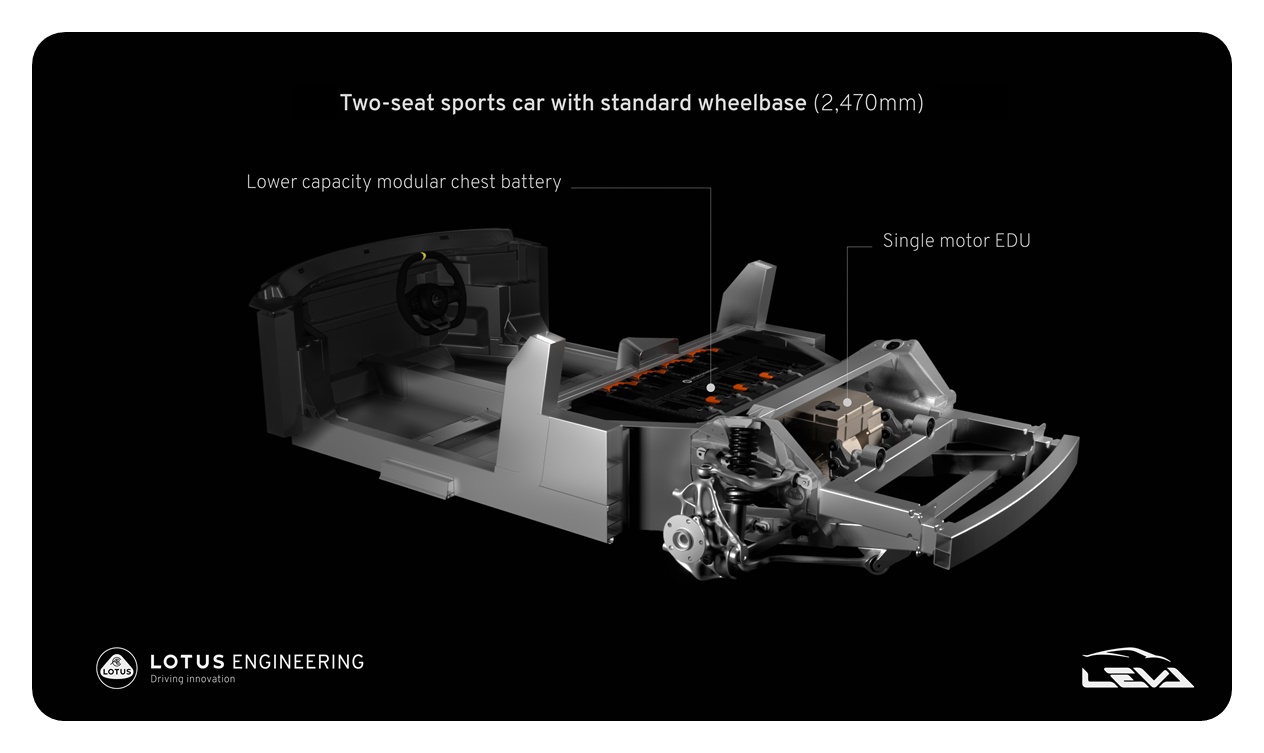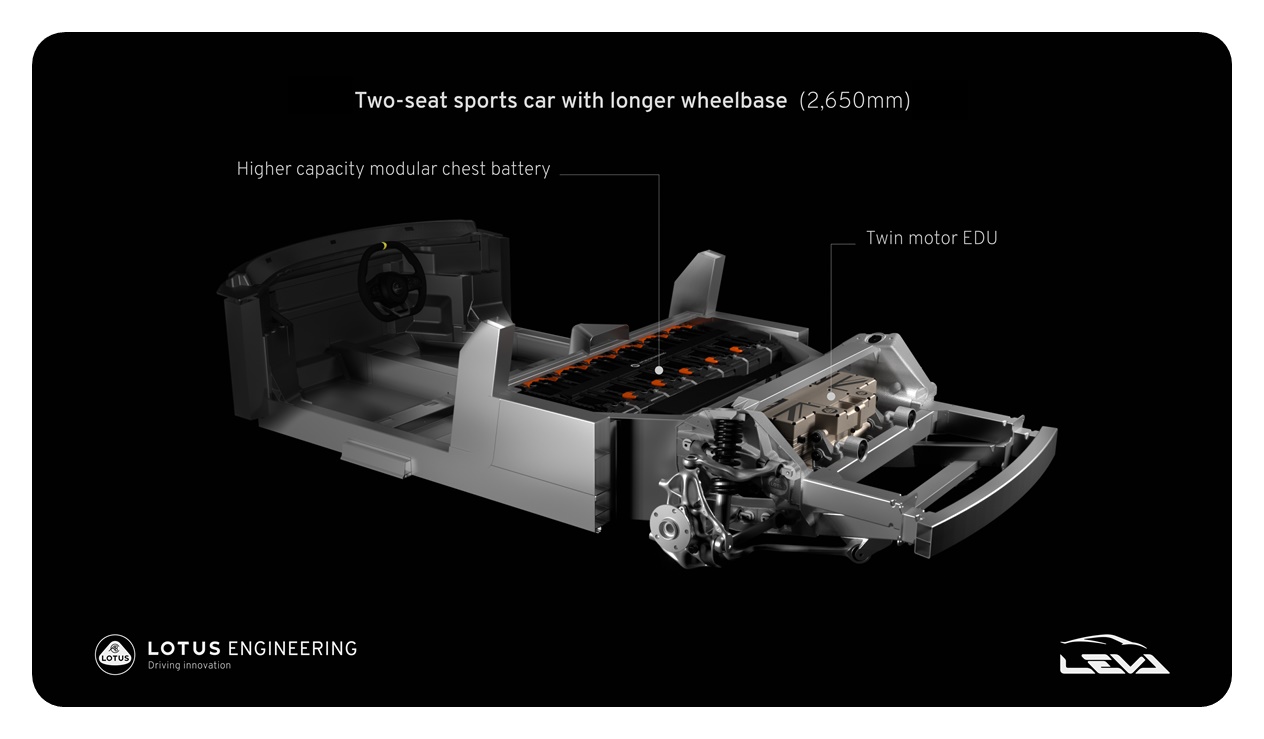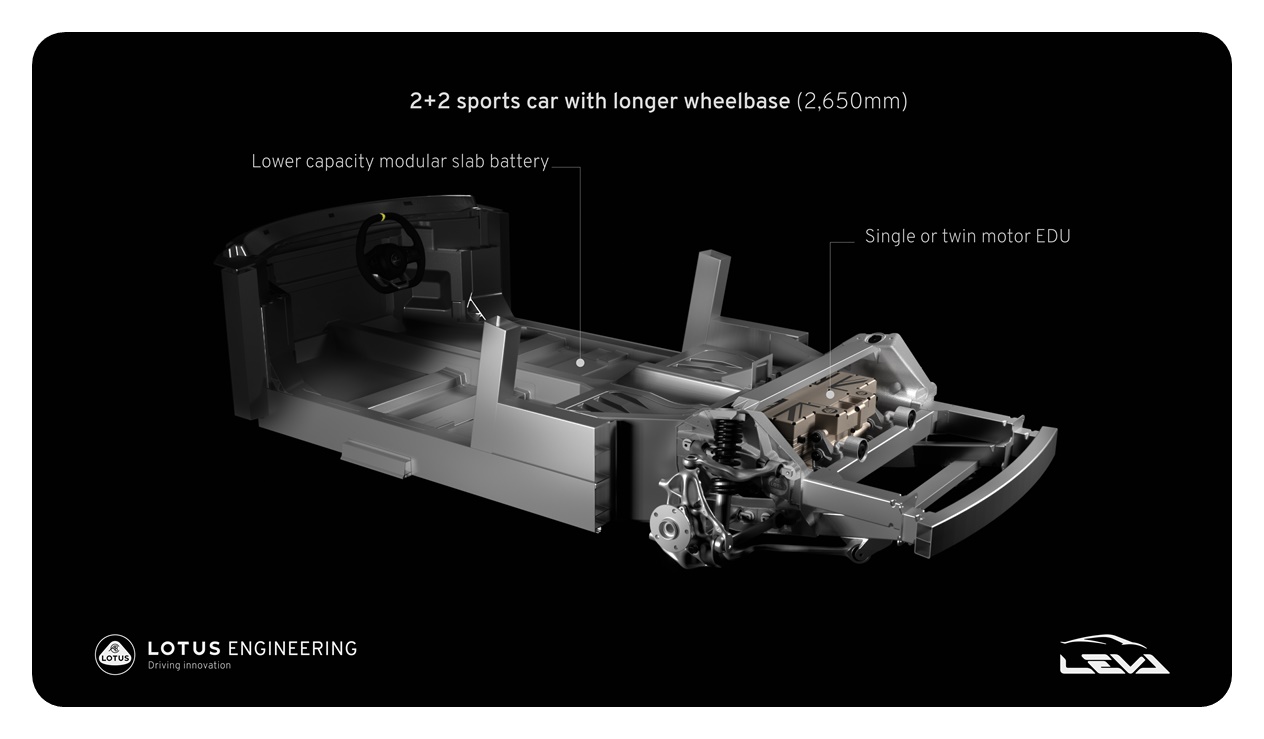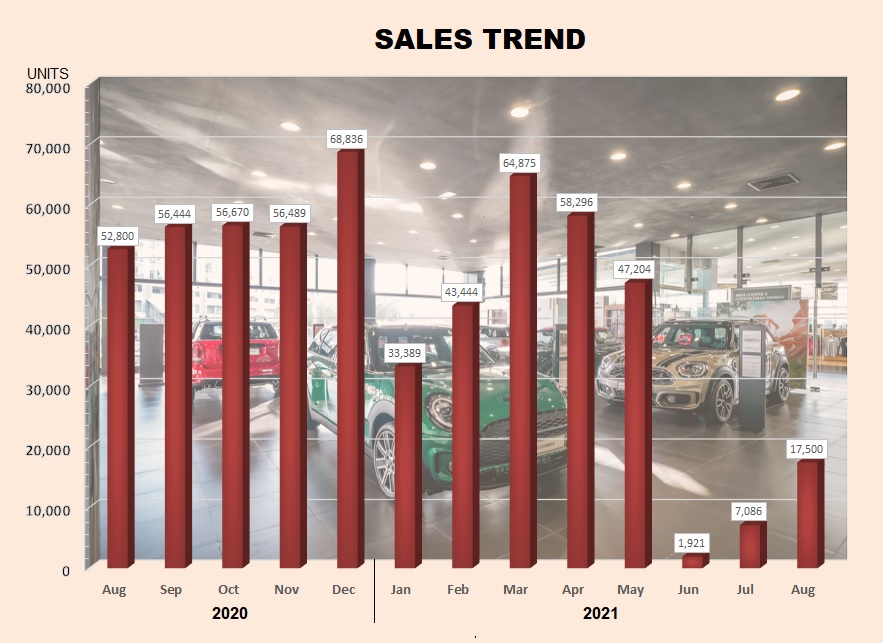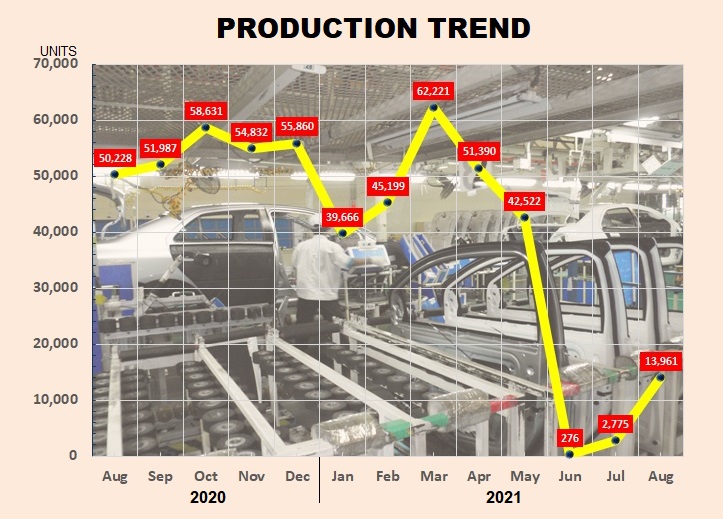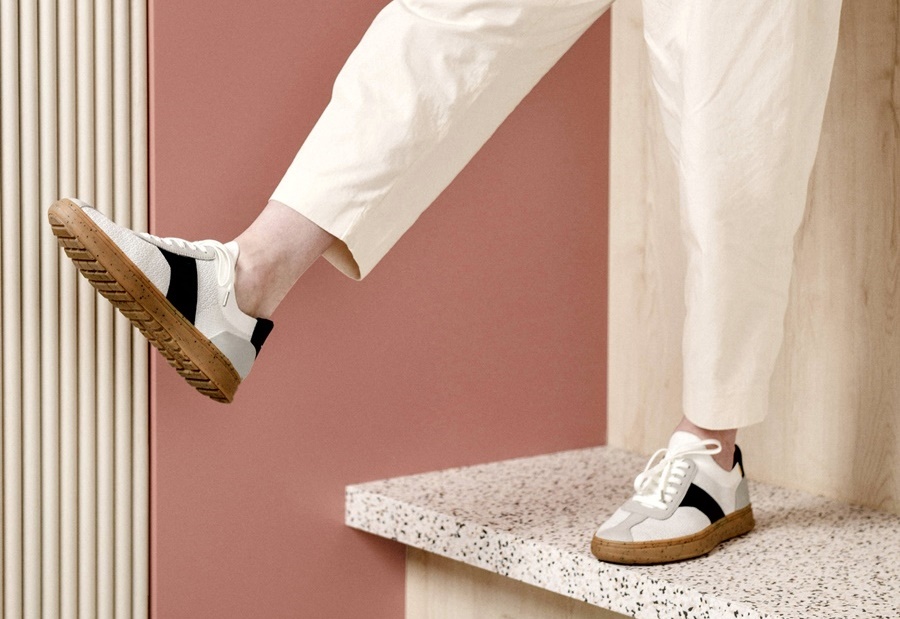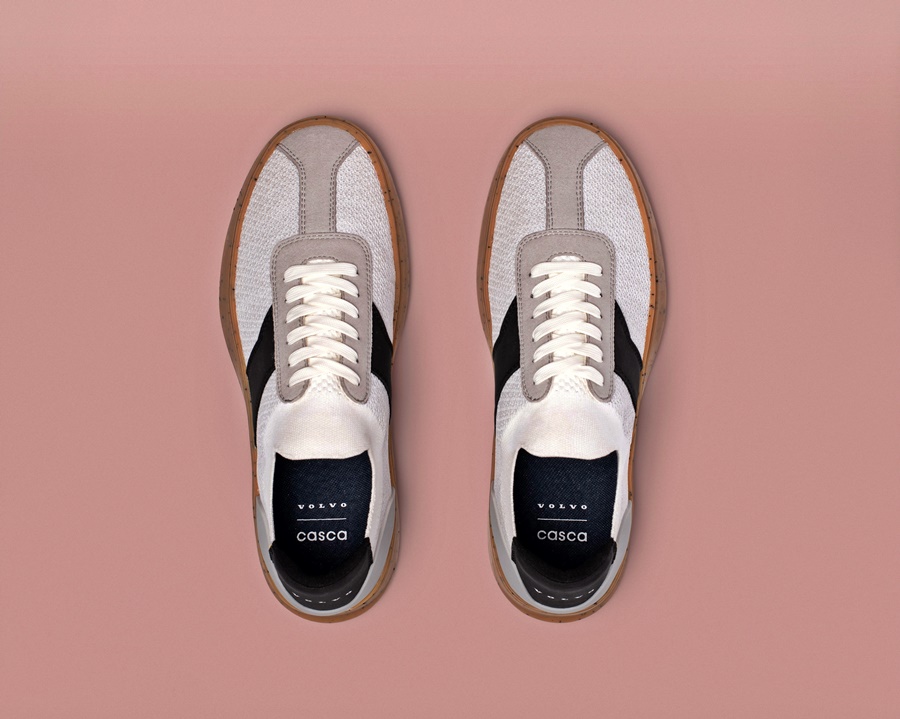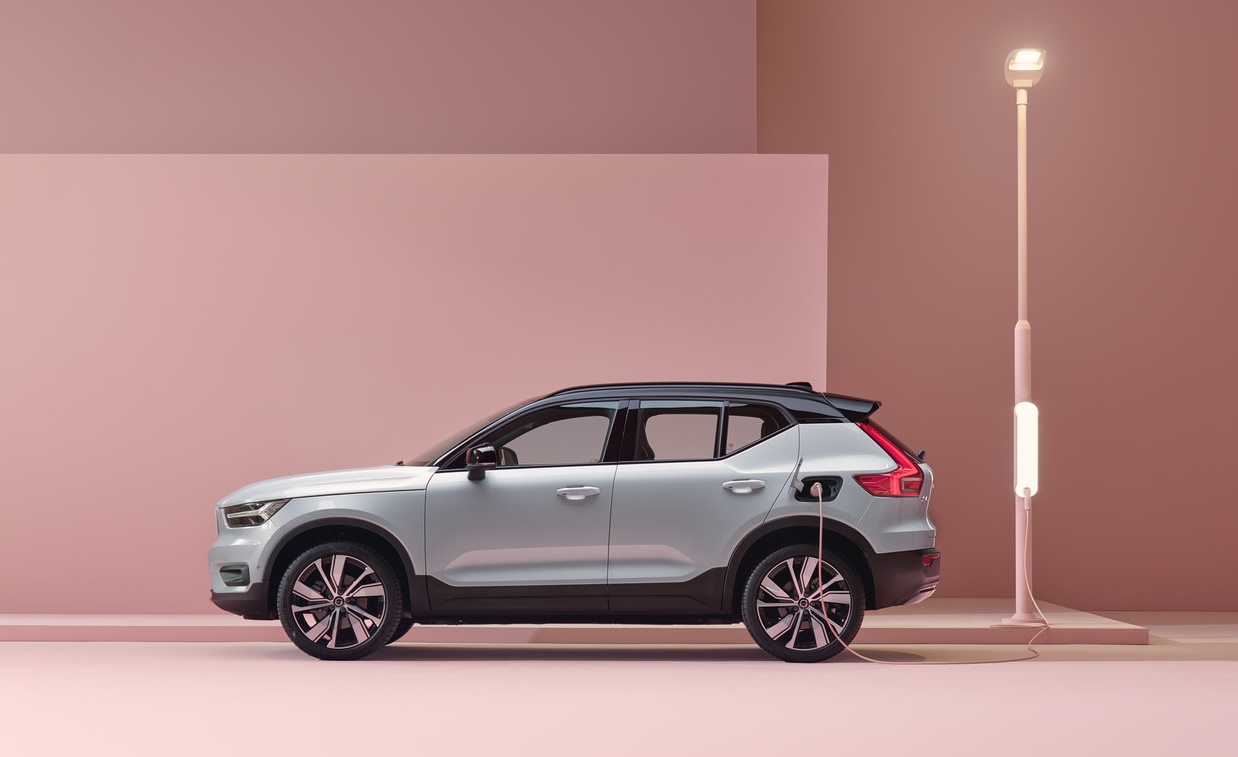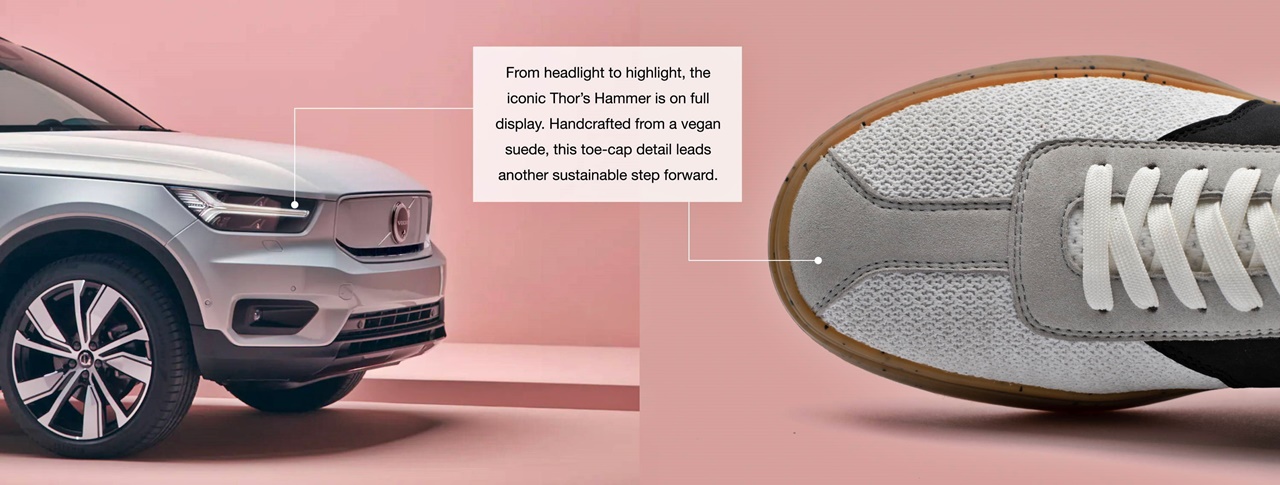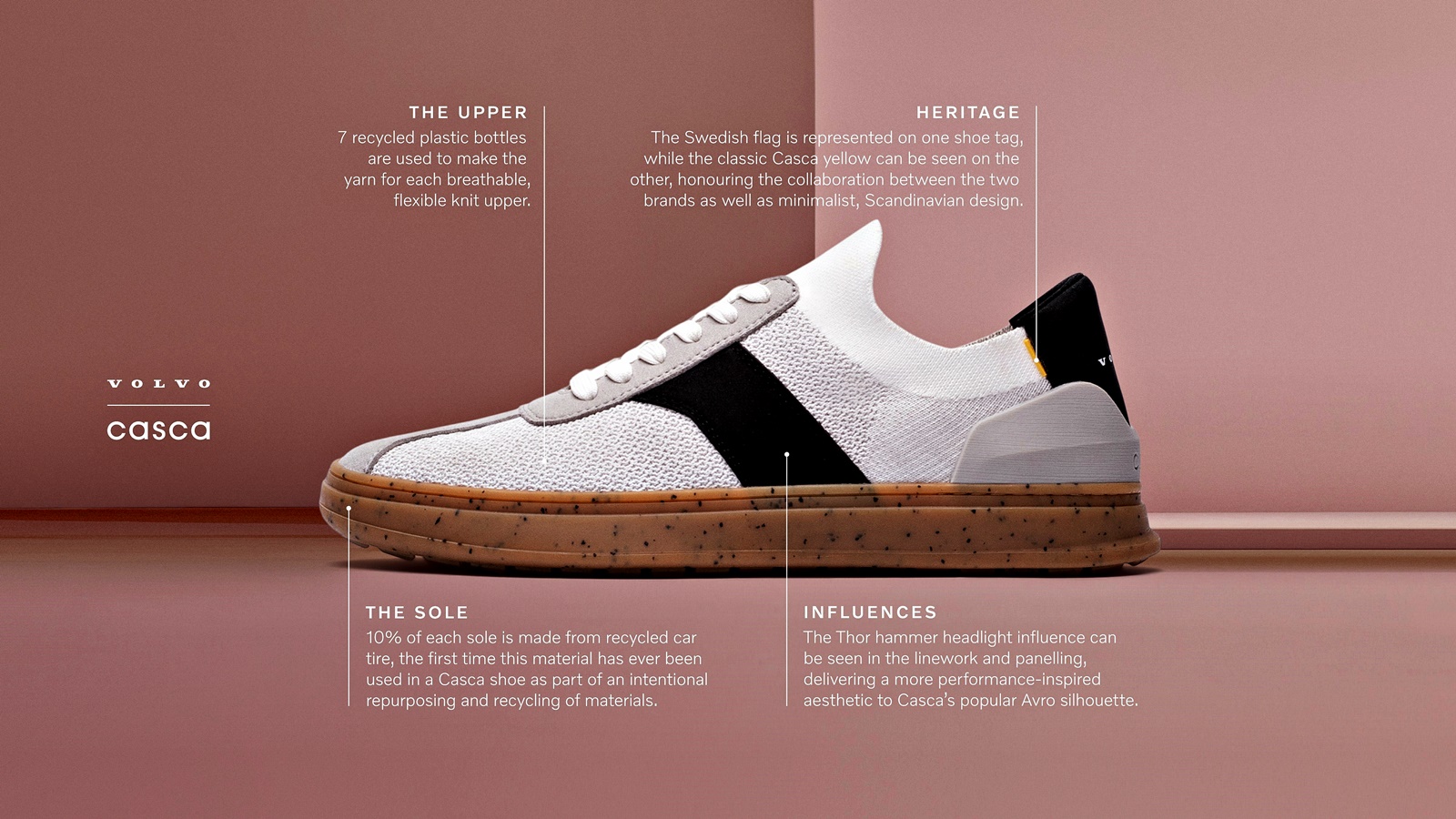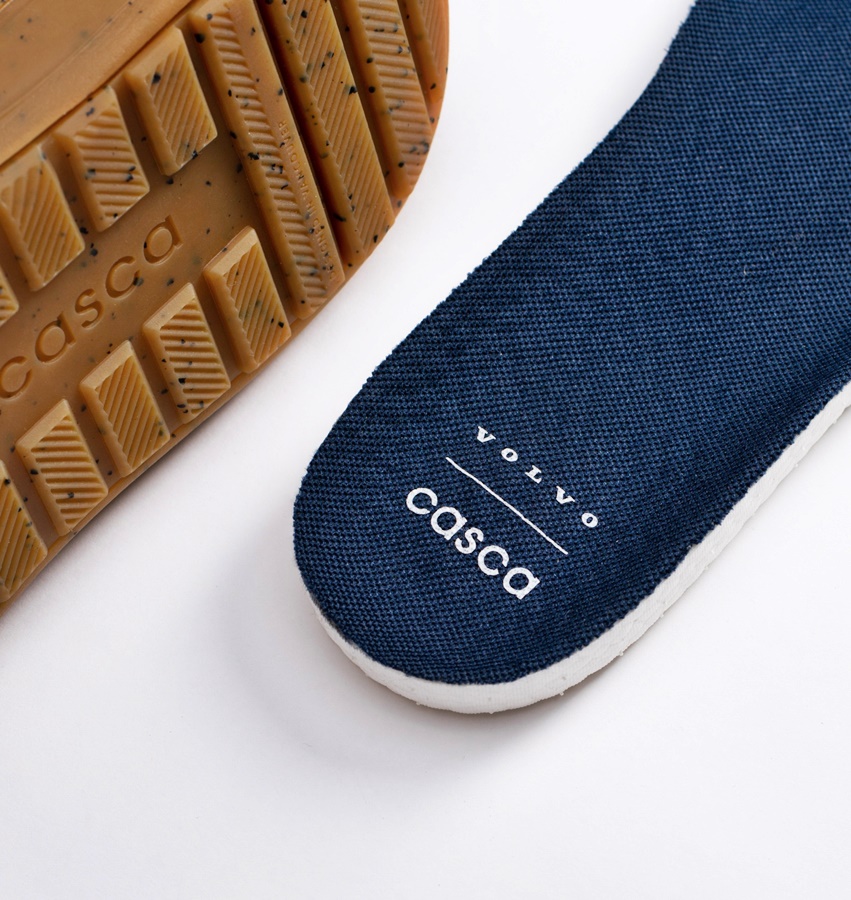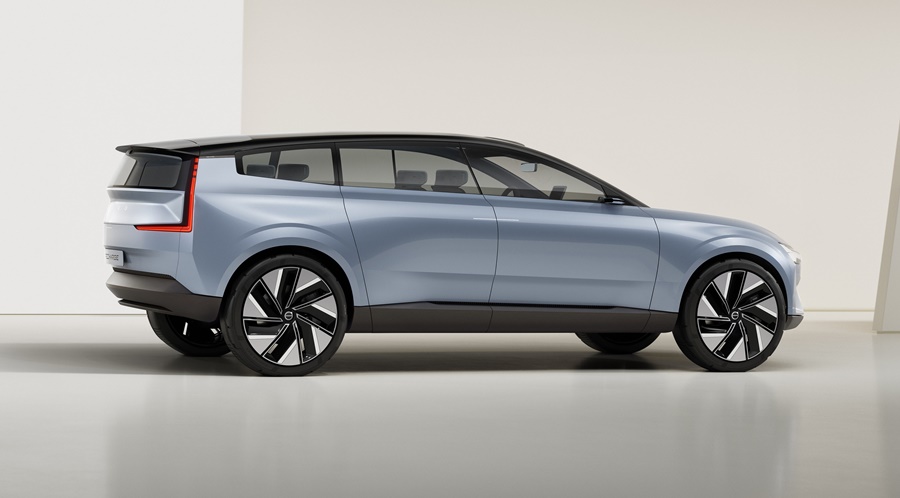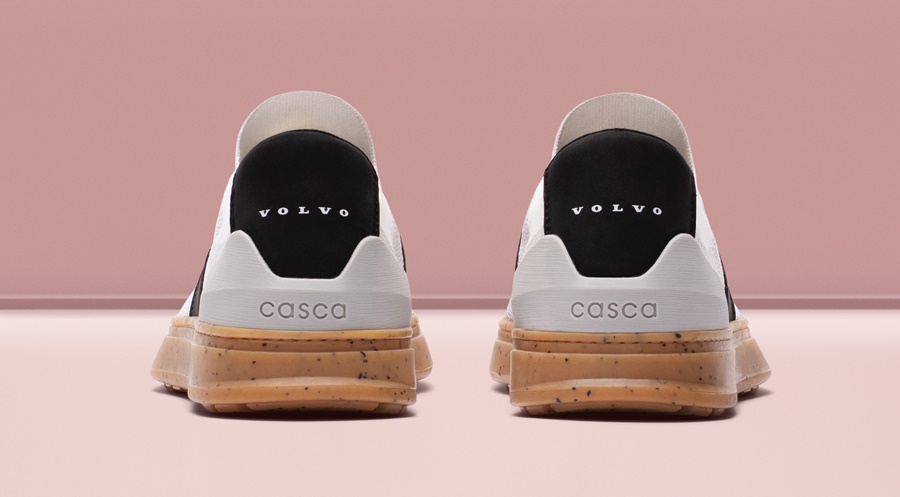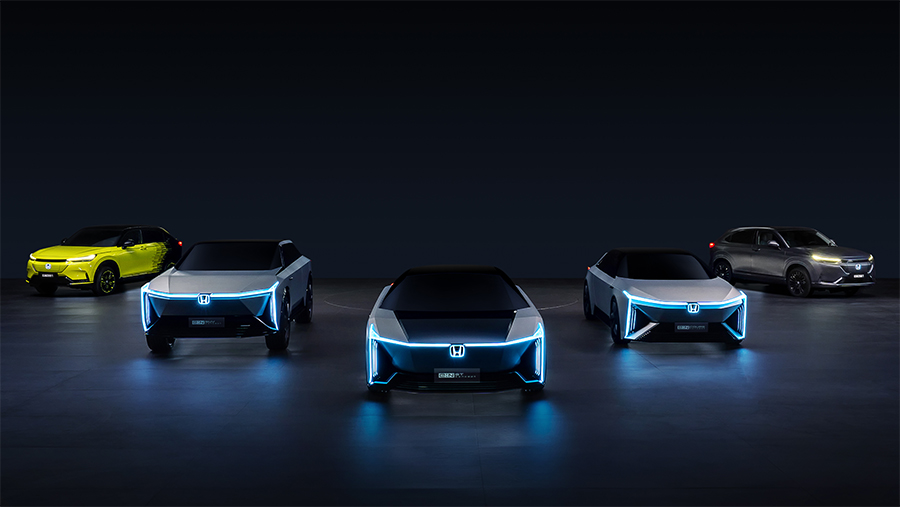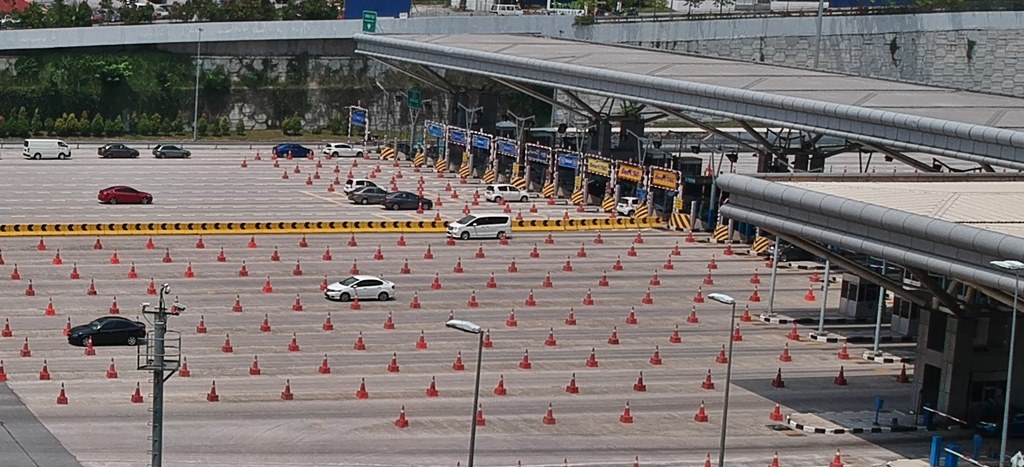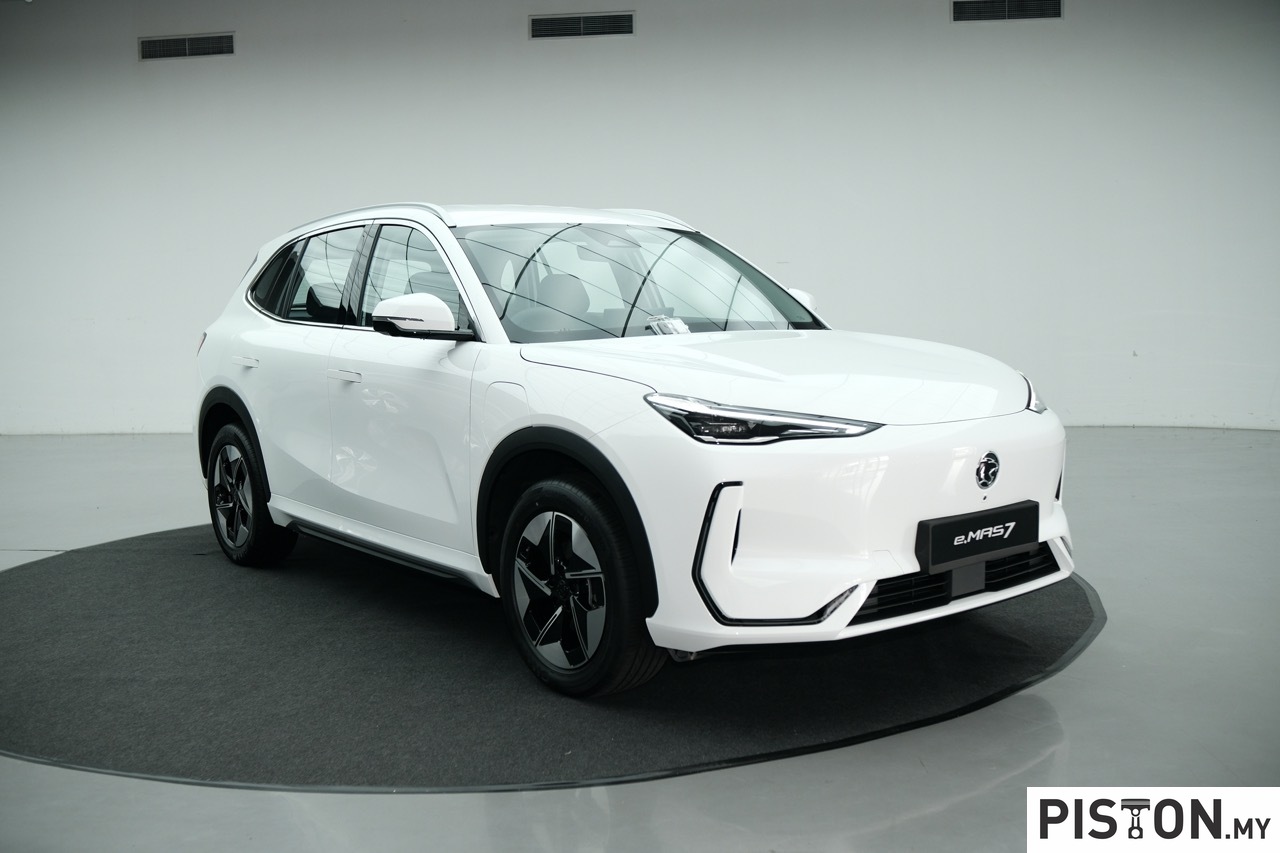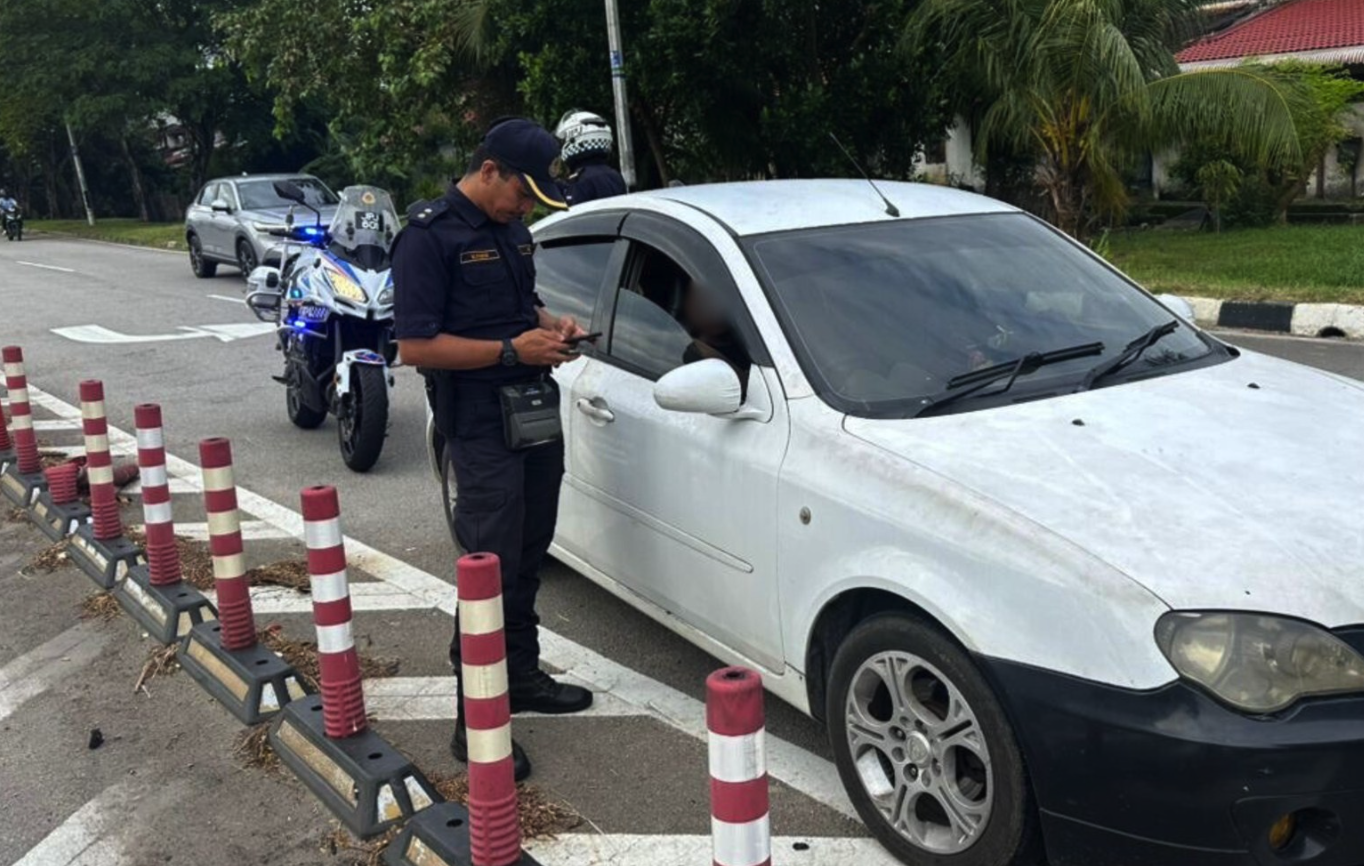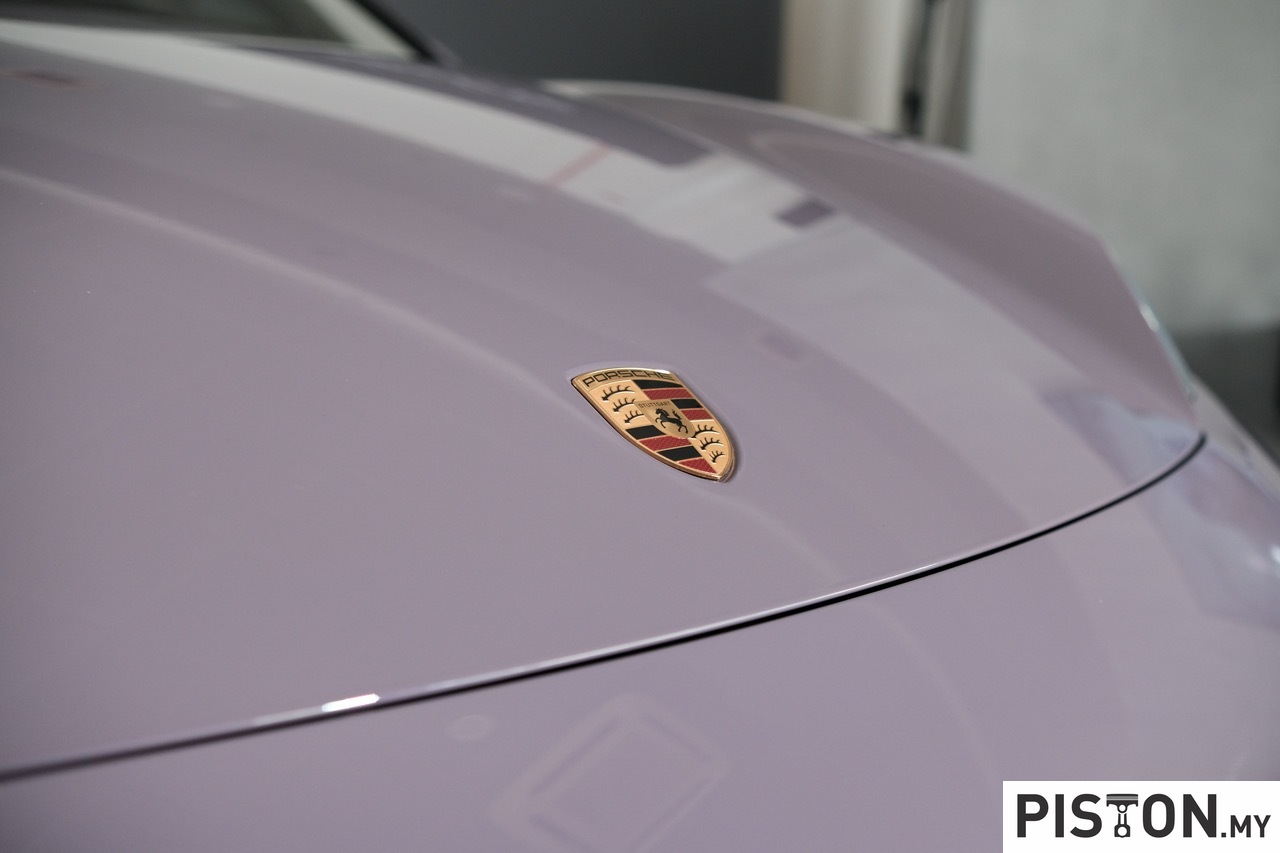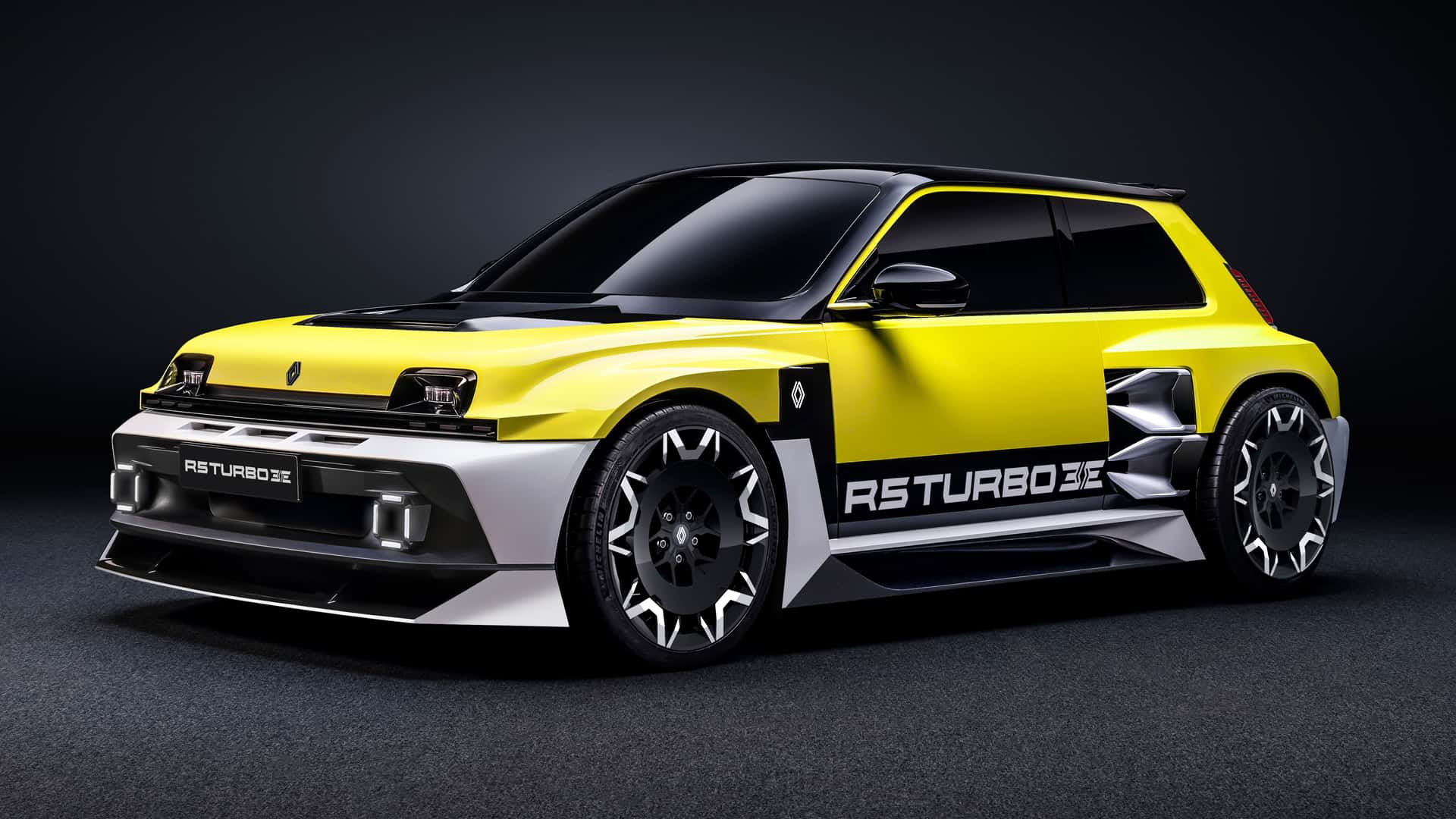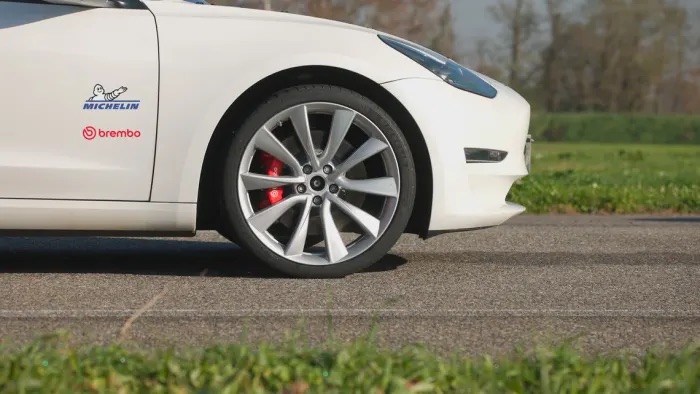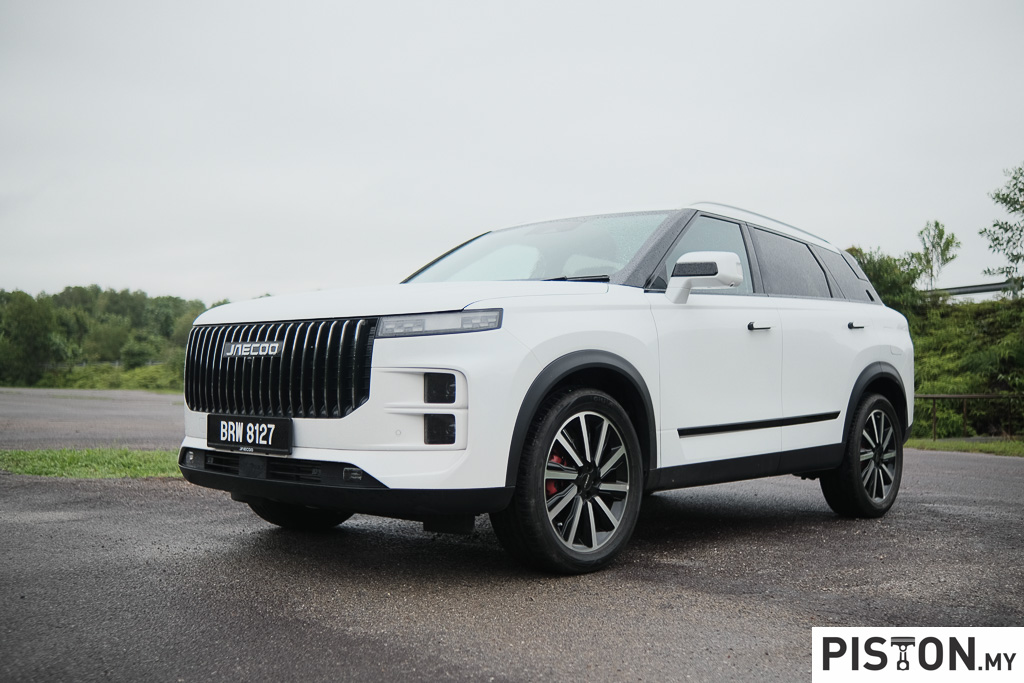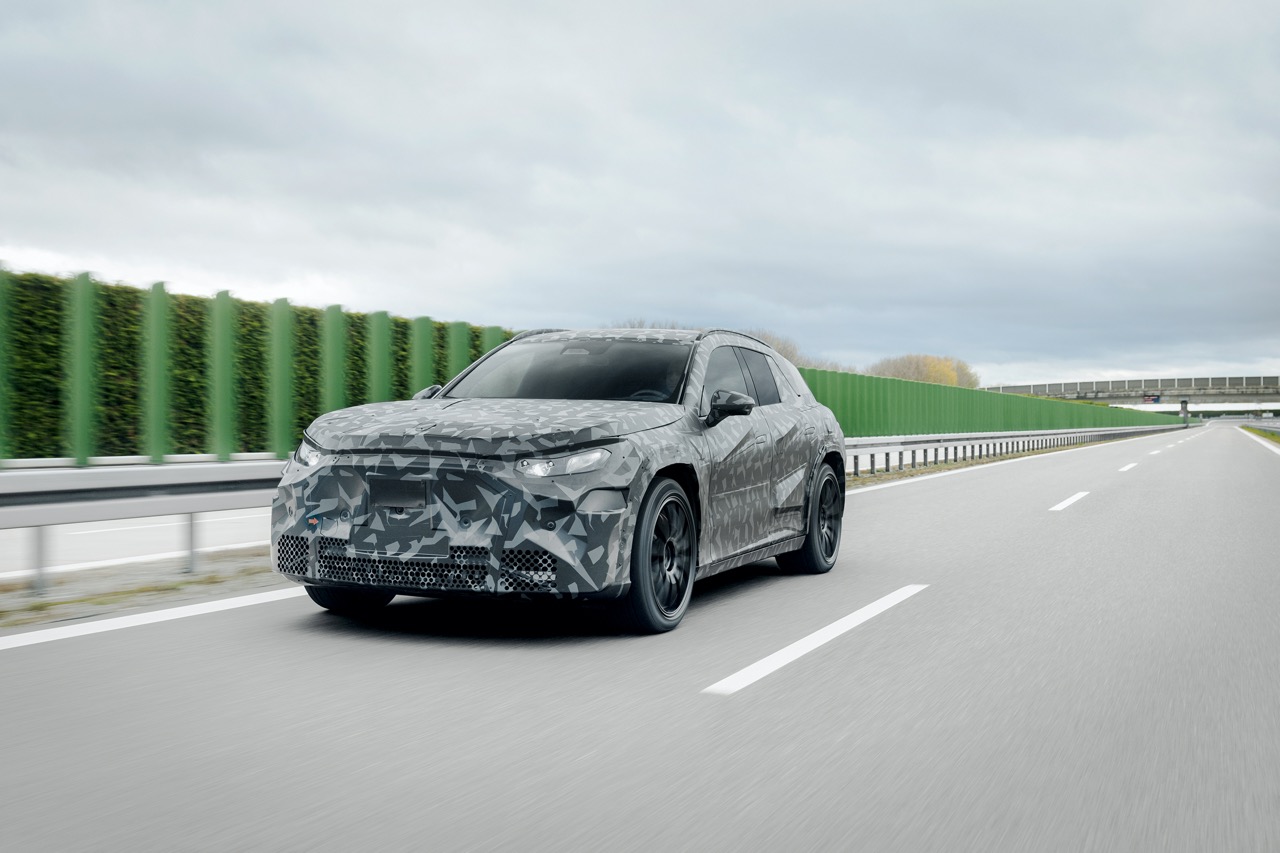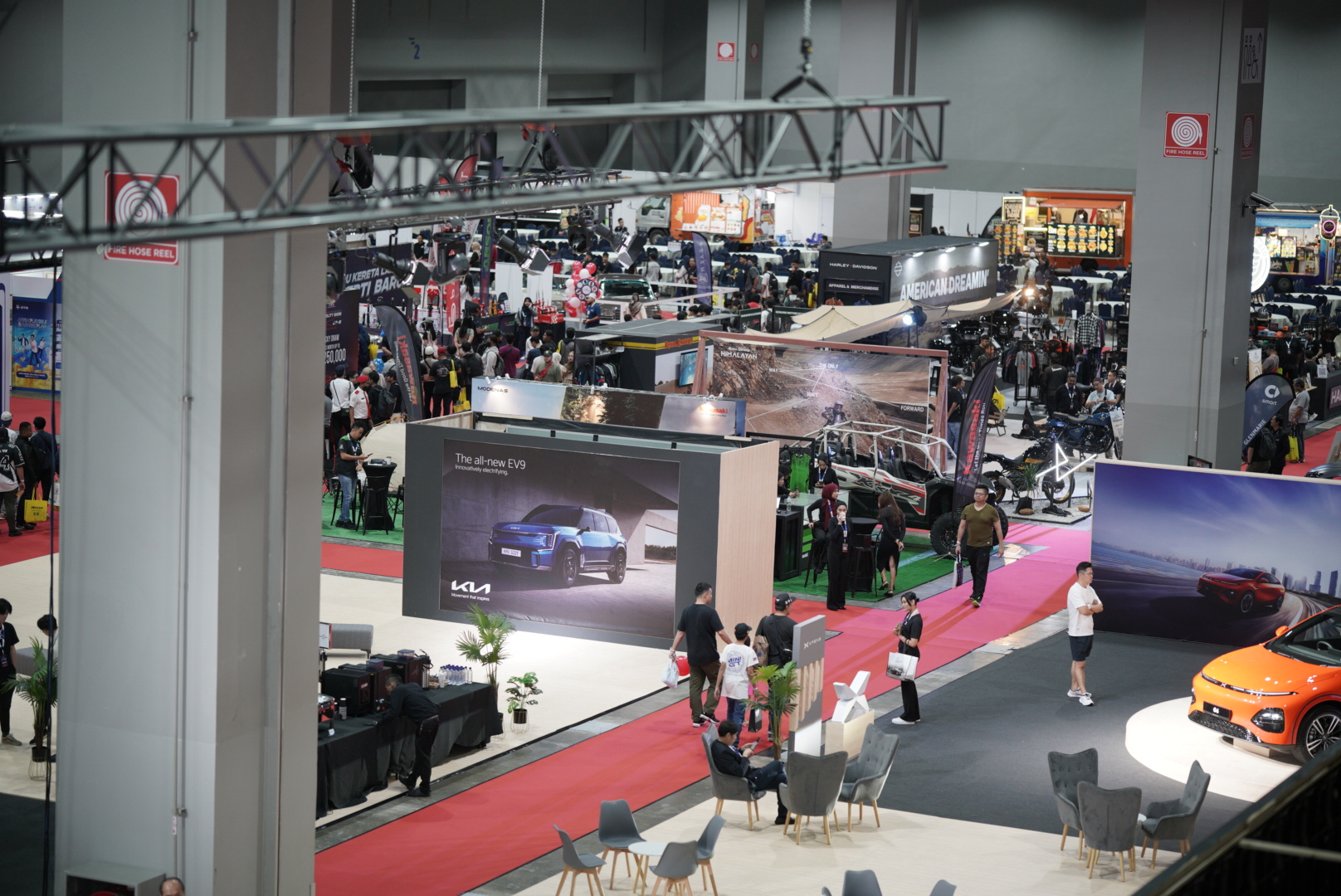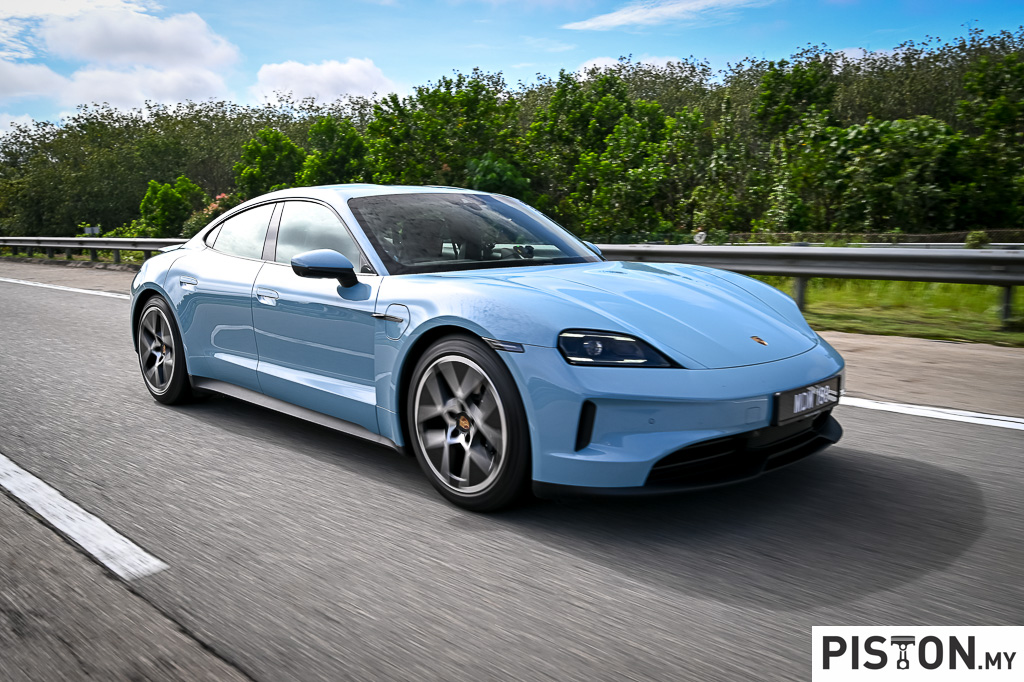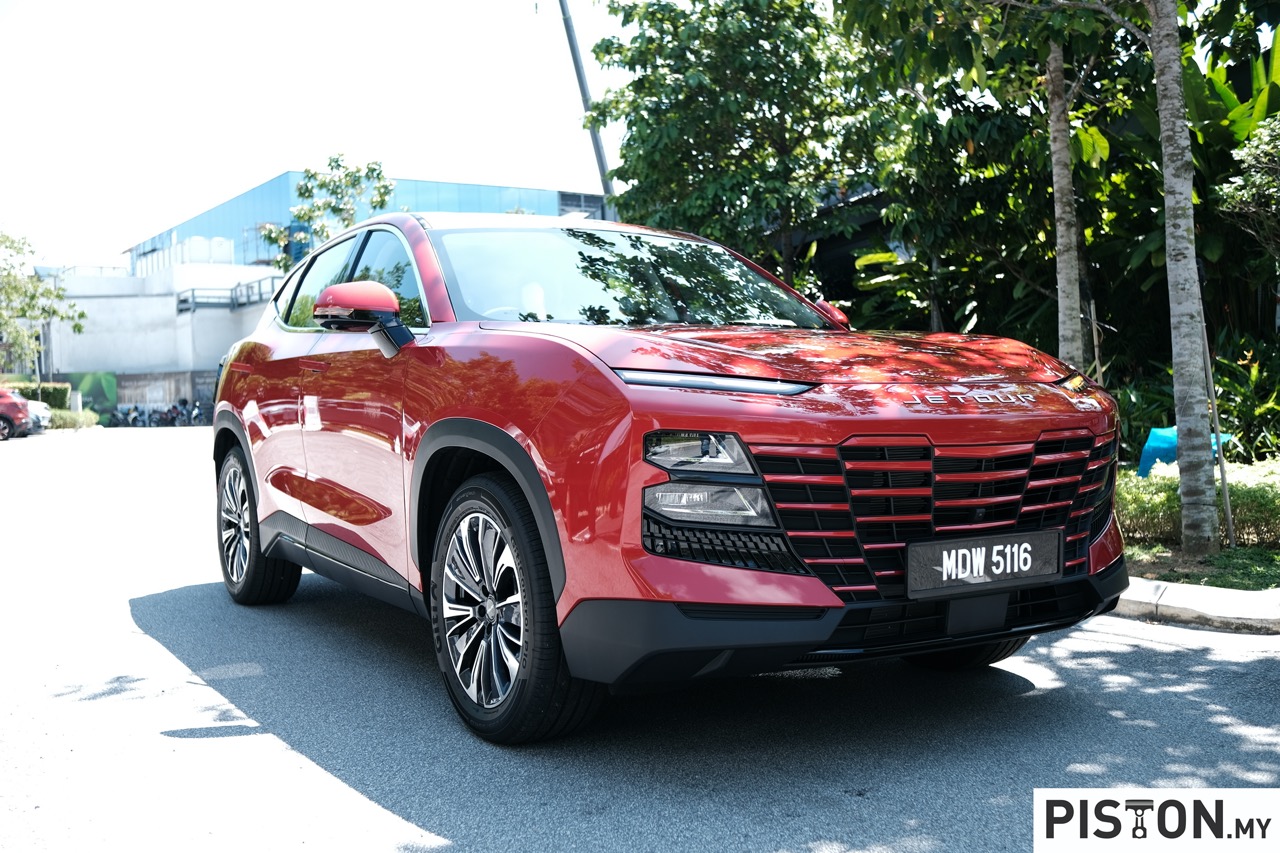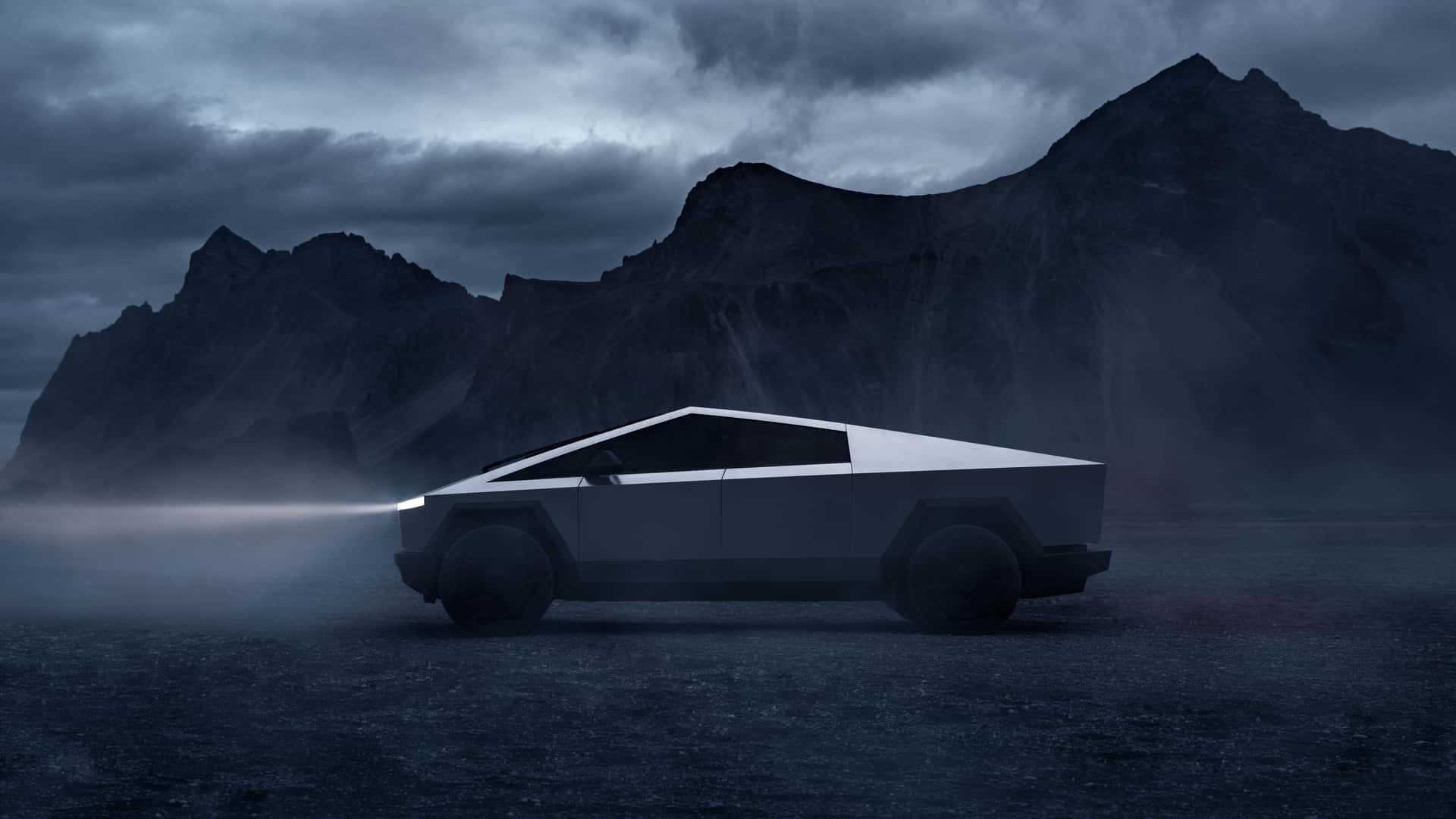Various carmakers have been laying claim to offering the ‘fastest SUV’ and certainly they are all very fast machines. But once a tuner like BRABUS decides to also join in the quest for bragging rights, all best can be off. As an independent tuner without the demands of having to produce large volumes, BRABUS can push the envelope further and it has done this with another 900 ROCKET EDITION, this one derived from the Mercedes-AMG GLE 63 S 4MATIC+ Coupe. An earlier 900 ROCKET EDITION was based on the Mercedes-AMG G63.
Unveiled today at the Monaco Yacht Show, this is the world’s fastest street-legal SUV with a top speed of 330 km/h. Only 25 units will be available, each priced from 381,243 euros (ex-factory from Germany) which converts to almost RM1.875 million.
The super SUV’s V8 engine having increased displacement to 4407 cc (from 3982 cc). This has been achieved by enlarging the piston bores. With the addition of an efficient high-performance forced induction system, this engine produces a peak output of up to 888 bhp and can generate 1,250 Nm of torque but is limited to 1,050 Nm.
The higher output enables the 900 ROCKET EDITION to get to 100 km/h from standstill in a claimed 3.2 seconds. The real top speed is not known as BRABUS has put in an electronic speed-limiter that doesn’t allow the car to go beyond 330 km/h.
The 900 ROCKET EDITION will definitely not be mistaken for the car it is derived from with exposed-carbonfibre aerodynamic-enhancement components and the custom BRABUS wheels (24-inch Monoblock Z PLATINUM EDITION forged wheels) with carbonfibre aero-discs.
The engine modification also includes larger downpipes with a diameter of 75 mm as well as metal catalysts and special particulate filters. The stainless sport exhaust system with integrated exhaust flaps and two BRABUS titanium/carbonfibre tailpipes protrude on either side of the vehicle. The system offers an active sound management with a throaty V8 sound when the system is open or a subtle whisper in ‘Coming Home’ mode so you don’t wake the neighbours.
The BRABUS control module for the air suspension, which lowers the ride height by about 25 mm, additionally contributes to the outstandingly agile handling for an SUV. It not only gives the all-wheel car a more thrilling visual stance, but also further enhances the driving dynamics thanks to lowering the centre of gravity.
Inside the 4×4 fastback SUV, there are the usual signature fine leather appointments with many personalisation options available for customers. In the first unit shown in the pictures, there is grey leather upholstery matching the outer skin. The seat centre sections and the inner sections of the door panels feature square quilting applied with pinpoint precision and additional perforations.
To match the red brake calipers and the two likewise red signature stripes in the radiator grille, the leather features red contrasting highlights. In addition, all trim pieces in the cockpit sport red glazing. The same colour is also used for the pedals, door pins and the RACE paddle shifters on the steering wheel.
Being the specialist that it is, with a history of almost 45 years, BRABUS has the engineering expertise to upgrade performance reliably and safely. They are confident in what they do and give a 3 years/100,000 kms Tuning Warranty for the ROCKET 900 EDITION.



